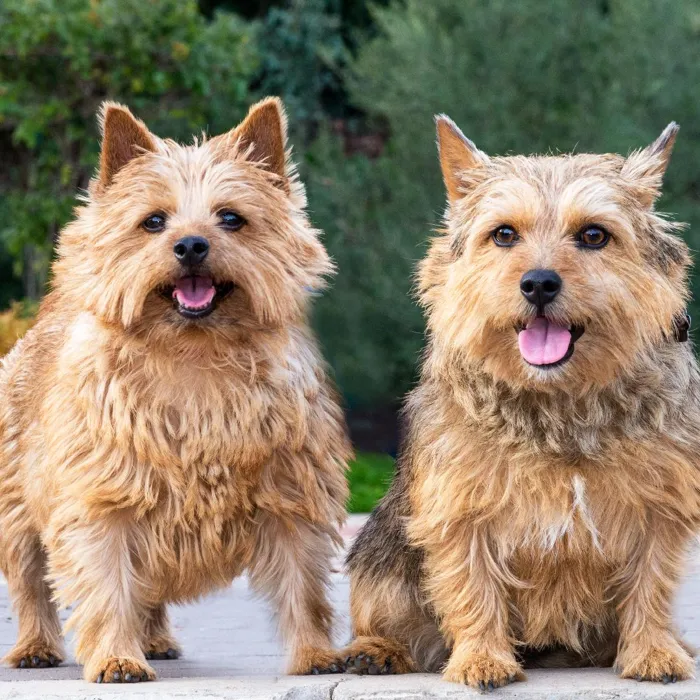Norwich Terrier

Norwich Terriers are plucky little earthdogs named for their hometown in England. The old cliché “a big dog in a small package” was coined for breeds like the Norwich, who can be oblivious to the fact that they are just 10 inches tall.

Ask About Norwich Terrier ?
Breed Traits
General Appearance
The Norwich Terrier, spirited and stocky with sensitive prick ears and a slightly foxy expression, is one of the smallest working terriers. This sturdy descendent of ratting companions, eager to dispatch small vermin alone or in a pack, has good bone and substance and an almost weatherproof coat. A hardy hunt terrier-honorable scars from fair wear and tear are acceptable.
Size, Proportion, Substance
Head
Neck, Topline, Body
Forequarters
Hindquarters
Coat
Color
Gait
Temperament
Group
Terrier
About
History
Standard
Nutrition
Grooming
Exercise
Training
Health
All pets have found there homes! Sign up to be notified when new pets are added so you don't miss out.


